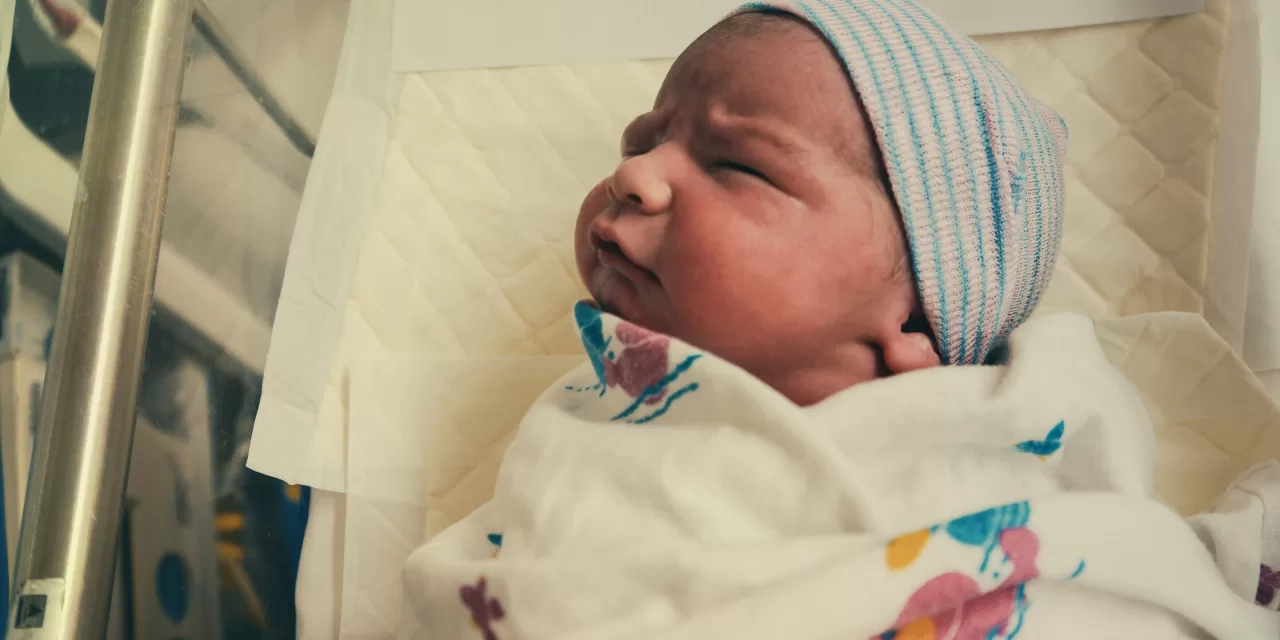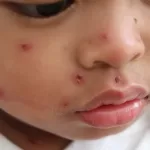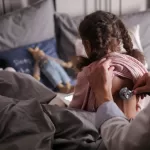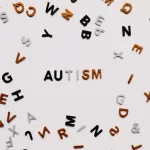Shaken baby syndrome, or abusive head trauma, remains a critical public health concern, causing permanent brain damage, long-term disabilities, and even death in infants and young children. Decades of medical experience and research have solidified the understanding of this severe form of child abuse.
A veteran child abuse pediatrician, reflecting on their career, highlighted the long-term impact of shaking. “In the early 1990s, I saw two boys with severe cognitive disabilities, and their mothers revealed they had been violently shaken as infants,” the pediatrician shared. This scenario has been repeated throughout their 30-year career, underscoring the enduring consequences of this abuse.
A 2024 study revealed the grim statistics: 20-25% of shaken babies die, another 20-25% appear normal upon hospital discharge, and a staggering 50% suffer from long-term disabilities, including learning and behavioral problems.
The dangers of shaking infants have been recognized for over 50 years. In the 1970s, pediatric radiologist John Caffey coined the term “Whiplash Shaken Infant Syndrome,” linking violent shaking to permanent brain damage and retinal bleeding. Today, while “abusive head trauma” is the preferred medical term, “shaken baby syndrome” remains crucial for public awareness.
Infants are particularly vulnerable due to their small size and undeveloped neck muscles. Shaking can cause blood vessels around the brain to rupture, leading to subdural hematomas and retinal hemorrhages. In severe cases, brain tissue itself is injured, and children may experience unconsciousness or respiratory arrest. Other injuries, such as skull fractures and bruises, are often present.
Diagnosing abusive head trauma requires a multidisciplinary approach. Medical teams, including child abuse specialists, conduct thorough evaluations to differentiate trauma from other medical conditions. While controversy may arise in legal settings, medical professionals can often distinguish between traumatic injuries and other causes.
All U.S. states and territories mandate reporting suspected child abuse to protective services and law enforcement. Investigations aim to ensure child safety and identify any underlying medical conditions.
Crying is a common trigger for shaking. Other risk factors include isolation, poverty, domestic violence, and substance abuse. Economic downturns exacerbate these stressors, leading to increased incidents.
Prevention efforts focus on educating parents about infant crying and providing support. Studies show that targeted education for new parents in maternity wards is effective.
Resources are available for concerned individuals, including the National Center on Shaken Baby Syndrome, the American Academy of Pediatrics, and the Centers for Disease Control and Prevention. Reporting suspected abuse can save lives and provide crucial support to families.
Disclaimer: This article provides general information and should not be considered medical advice. If you suspect a child has been abused, please contact your local child protective services or law enforcement immediately. For medical advice, consult with a qualified healthcare professional.












